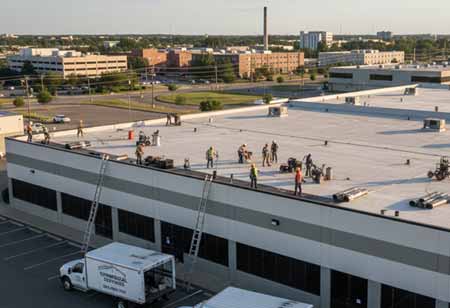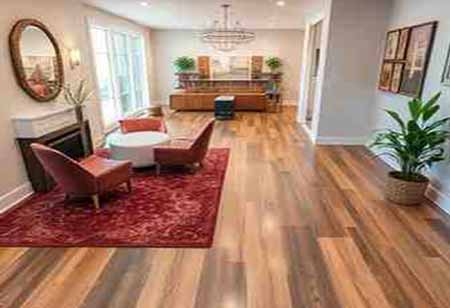Thank you for Subscribing to Construction Business Review Weekly Brief
Specials
- Apartment and Condominium Contractors Canada
- Decking Canada
- Architectural Glass Europe
- MEP APAC
- Construction Saudi Arabia
- German Apartment and Condominium Contractors
- Construction Law APAC
- Outdoor Construction
- Foundation Construction Canada
- MEP Canada
- Kitchen and Bath
- Cold Storage Construction APAC
- Precast Concrete Europe
- Construction Staffing Europe
- Pre-Construction Services
- Flooring System APAC
- Scaffolding Canada
- Swimming Pool Construction Canada
- Construction Management Canada
- Cold Storage Construction Canada
- Flooring Systems Europe
- Residential Construction
- Concrete Canada
- Construction Cladding Europe
- Construction Cladding APAC
- Concretes, Aggregates and Construction Materials APAC
- Concretes, Aggregates and Construction Materials Europe
- Commercial Contractors Europe
- Commercial Contractors APAC
- Dummy
- Construction Insulation, Coating and Waterproofing
- Construction Management APAC
- Landscaping Canada
- Construction Coating Europe
- Construction Tech Startups Europe
- Insulation Services Europe
- Mechanical Contractor Canada
- Mould Remediation and Testing Europe
- Swimming Pool Construction APAC
- Building Sealing Solutions Europe
- Construction Engineering Services
- Mechanical Electrical and Plumbing
- Roofing Systems Europe
- Architectural Glass APAC
- Startups APAC
- Construction Forensic and Owners Representative
- Flooring System
- Waterproofing APAC
- Wall Systems
- Safety and Compliance Europe
- Construction Bidding and Auctions
- Modular and Prefab Construction
- Architectural Glass
- Construction MENA
- Construction Demolition and Recycling Europe
- Modular Construction Europe
- Construction Interiors
- Steel Building APAC
- HVAC
- Doors and windows
- Construction Latam
- Building Information Modeling APAC
- Sustainable Construction APAC
- Building Restoration and Maintenance
- Commercial Contractors
- Specialty Construction
- Construction Engineering Canada
- Construction Engineering MENA
- Modular Construction Canada
- Modular Construction APAC
- Roofing and Siding Systems
- Workforce Management and Staffing
- Roofing Systems APAC
- Construction Consulting
- Steel Building Europe
- Construction Demolition and Recycling APAC
- Safety and Compliance APAC
- Concretes, Aggregates and Construction Materials
- Construction Cladding
Insulation Strategies for Europe's Diverse Climates
Insulation is crucial for European homes' comfort, energy efficiency, and environmental impact. Climate, building type, and budget influence choices. Sustainable materials are recommended.

By
Construction Business Review | Thursday, November 13, 2025
Stay ahead of the industry with exclusive feature stories on the top companies, expert insights and the latest news delivered straight to your inbox. Subscribe today.
FREMONT CA: Selecting the appropriate insulation for a European home is essential for ensuring a comfortable indoor environment, lowering energy costs, and reducing environmental impact. Given Europe's diverse climate zones, ranging from Mediterranean warmth to Arctic cold, it is vital to address the unique requirements of the specific region.
When selecting insulation for a building, several critical factors must be evaluated to ensure optimal performance and cost-effectiveness. Climate plays a significant role, as Europe’s diverse regions experience various conditions, from mild and temperate to cold and snowy. The type of building—whether new construction or renovation—will influence insulation choices, as will the budget, given that costs can vary depending on materials and installation methods. Additionally, environmental concerns may drive the selection of sustainable options, such as sheep’s wool or recycled materials. It's essential to stay informed about local energy efficiency regulations and building codes to ensure compliance and maximise energy savings.
The ideal insulation material varies based on the climate of the region. In Mediterranean climates, such as Southern Europe, insulation should focus on maintaining cool indoor temperatures during summer and retaining warmth in winter. Lightweight options like mineral wool or cellulose are suitable for attics and walls, while reflective, foil-faced insulation can reduce heat gain in roofs and walls. For new constructions, external insulation systems are recommended to enhance thermal performance.
Insulation must ensure year-round comfort in temperate climates across Central and Western Europe. Mineral wool is versatile for insulating walls, attics, and floors, while rigid foam works well for foundations and under slabs.
More in News





